

OVERVIEW OF GASTROENTEROLOGY SERVICES OFFERED
Our state of the art offices offers the latest in technology and the convenience of full comprehensive gastrointestinal and liver disease care under one roof.
Convenient in office procedures such as Ultrasound, Capsule Endoscopy, Esophageal and Anorectal Manometry, Breath Testing & PH Studies are offered at our North Houston office and onsite lab services through Quest are provided in all three locations.
From consultative services and diagnostic procedures to more important endoscopic procedures, our physicians have achieved a seamless integration of services by providing them under one roof. Endoscopic procedural services include:
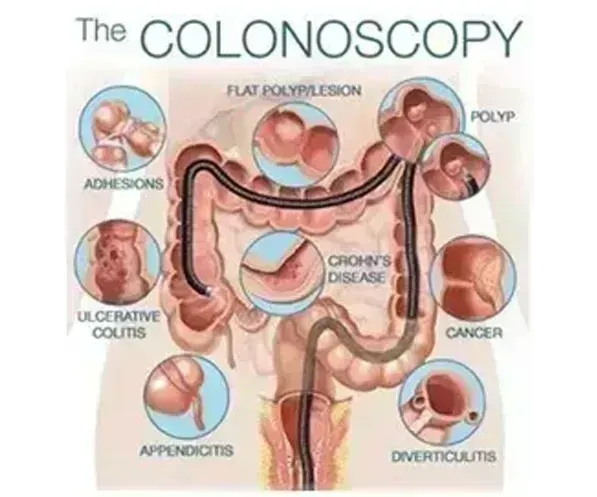
A Colonoscopy is typically an outpatient procedure that allows your physician to examine the inside of the colon (large intestine or large bowel) and rectum. Your gastroenterologist may perform the procedure to diagnose and treat, when possible, certain diseases of the lower gastrointestinal (GI) tract, including the rectum and colon.
Colonoscopy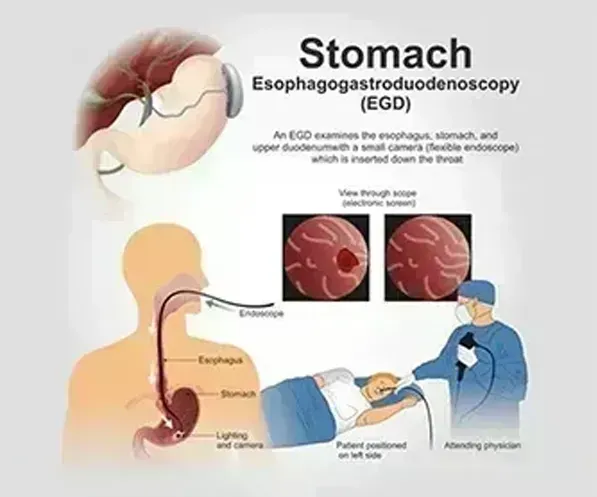
E.G.D. (ESOPHAGO GASTRO DUODENOSCOPY) allows your physician to view the inside of your esophagus, stomach, and duodenum (the first portion of the small intestine). A flexible rubber-like coated tube called an endoscope passed through the mouth, will provide direct visualization of these areas. The actual process lasts only 10-20 minutes.
EGD - Upper Endoscopy
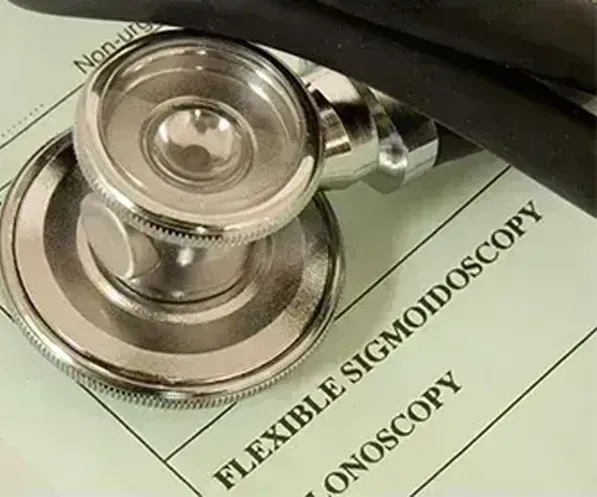
A flexible sigmoidoscopy allows your physician to view the inside of the rectum and sigmoid, the first part of the colon. The American Cancer Society recommends that everyone over the age of 50 should have this procedure as part of their physical examination.
Flexible Sigmoidoscopy - Flex Sig
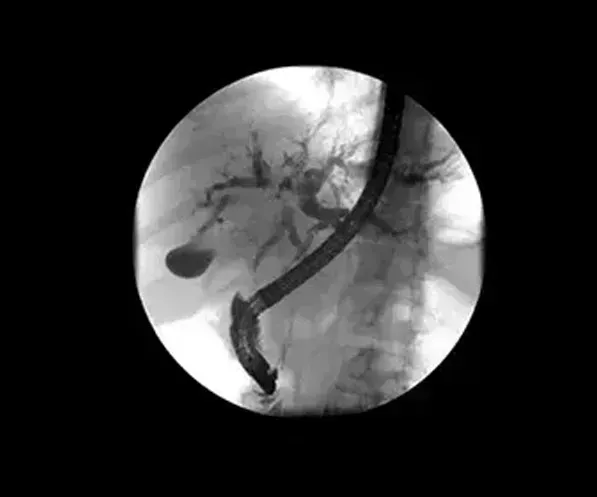
ERCP is a valuable tool for the diagnosis of many disorders of the pancreas, bile ducts, liver, and gallbladder. ERCP is a highly sophisticated technique, requiring special endoscopic training, and can be accomplished successfully in a high percentage of patients. For the procedure, a flexible rubber-like tube called an endoscope is passed through the mouth, esophagus (food tube), stomach, and into the duodenum (the first point of the small intestine).
ERCP & All Associated Procedures
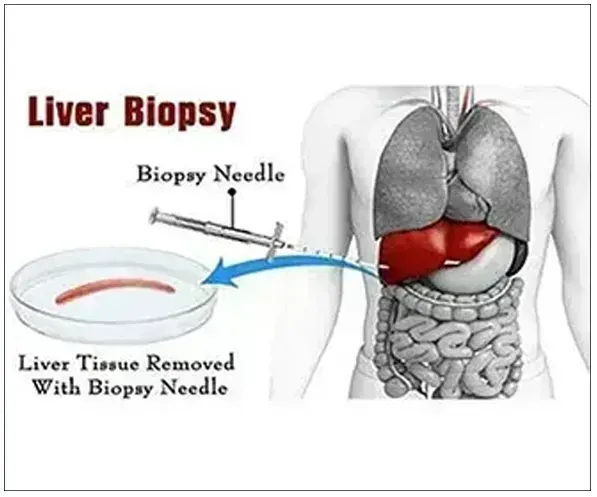
A liver biopsy is a procedure whereby a small piece of liver tissue is obtained to exam under a microscope. Biopsies are done for several reasons. Most commonly a biopsy is taken for the evaluation of certain liver diseases to determine the severity of inflammation and scarring in the liver.
Liver Biopsy (Ultrasound Guided)

EUS allows your doctor to examine your stomach lining and the walls of your upper and lower gastrointestinal tract. The upper tract is the esophagus, stomach, and duodenum; the lower tract includes your colon and rectum. EUS is also used to study internal organs that lie next to the gastrointestinal tract, such as the gallbladder and pancreas.
EUS With FNA
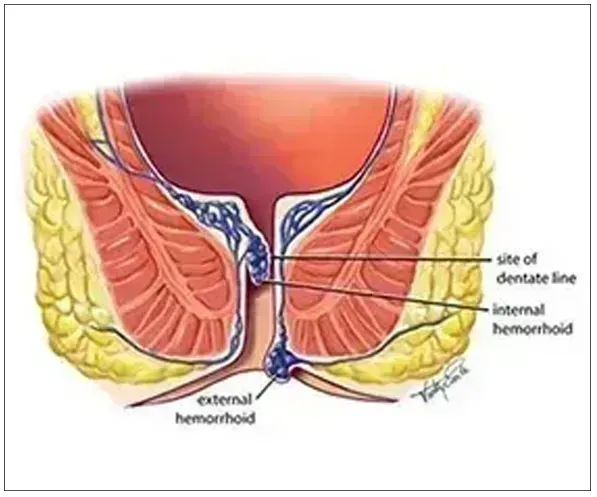
Hemorrhoids are common, but that doesn’t mean you have to live with them. Learn more about hemorrhoid symptoms here. If you’re asking, “What are hemorrhoids?” you’ve come to the right place. Hemorrhoids (often misspelled as “hemoids”) are cushions of swollen tissue and blood vessels in the lower rectal area. It classifies hemorrhoids as either “internal” or “external.” External hemorrhoids can cause itching, swelling, and pain, whereas internal hemorrhoids can cause bleeding, itching, swelling, and eventually prolapse (loose tissue that bulges outside of the anus).
Hemorrhoid Banding
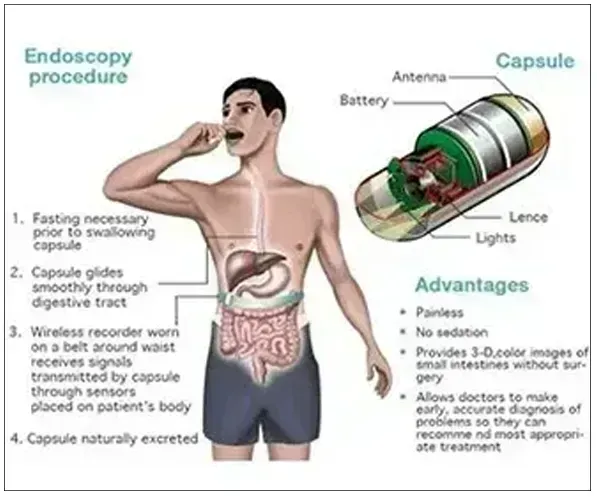
The estimated annual incidence of gastrointestinal bleeding in the United States is approximately 100 episodes per 100,000 persons resulting in 300,000 hospitalizations annually. Diagnostic tools such as radiologic studies and endoscopic examination often cannot identify a source of bleeding, resulting in a cycle of repetitive testing over months or even years.
Capsule Endoscopy

The Bravo™ pH Monitoring System is a catheter-free way to measure pH. The Bravo system involves a pH capsule, about the size of a gel cap, that is temporarily attached to the wall of the esophagus. The Bravo™ pH Capsule measures pH levels in the esophagus and transmits readings via radio telemetry to the Bravo™ Receiver worn on the patient's belt or waistband.
PH Monitoring - BRAVO Study


For the most up-to-date information - please visit the Official Remicade - infliximab website by clicking HERE. Remicade is a newer type of drug for Crohn's disease... a genuine breakthrough. It is an antibody that blocks a substance called TNF. (TNF stands for "Tumor Necrosis Factor" - but this has nothing to do with tumors or cancer.
REMICADE - INFLIXIMAB
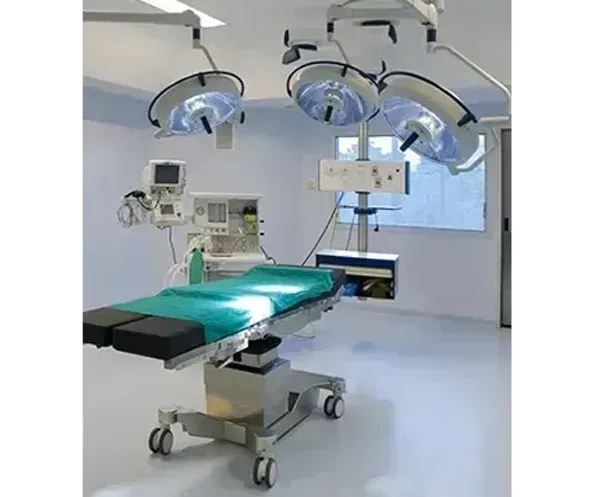
Digestive & Liver Disease Consultants, PA is proud to announce the incorporation of FibroScan technology into our practice. FibroScan uses elastography, which is a technique similar to ultrasound, that measures the stiffness of your liver. It is a non-invasive, painless alternative to liver biopsy and is used by our team at Digestive & Liver Disease Consultants, PA for assessing liver damage from conditions such as Hepatitis C, Fatty Liver, and Cirrhosis.
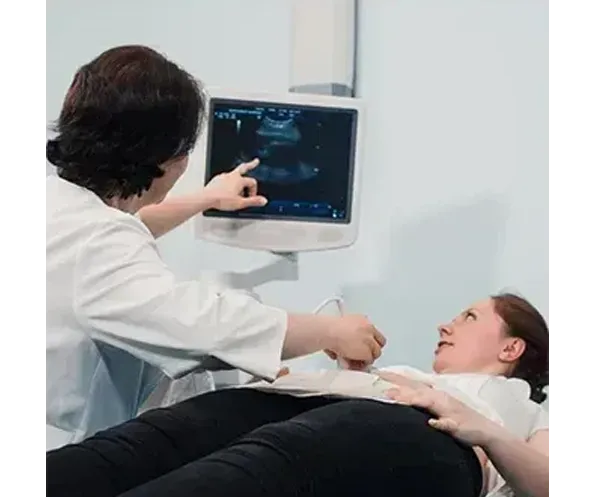
Ultrasound is a procedure that uses high-frequency sound waves to view internal organs and produce images of the human body. The human ear cannot hear the sound waves used in an ultrasound. The technical term for ultrasound imaging is sonography. Ultrasound technology was originally developed as a sonar to track submarines during World War I. It was first used medically in the 1950s and is considered very safe.
Ultrasound Studies

Colon polyps are tiny growths that form on the inside of the large intestine (also known as the colon). Polyps are very common. Roughly one-third to one-half of all adults have them by the time they are 50 years old. They rarely cause symptoms. But some polyps can be or become cancer, so doctors sometimes remove them.
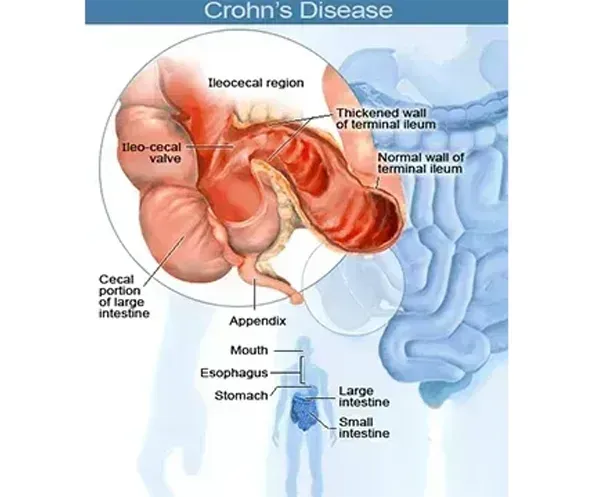
Crohn’s disease is an inflammatory condition that can affect any portion of the gastrointestinal tract from the mouth to the perianal area. Its transmural inflammatory nature coupled with the variability of intestinal distribution (i.e., which intestinal segment is affected) and systemic manifestations, gives rise to a spectrum of clinical presentations and long-term risks that have to be considered in deciding the optimal therapeutic approach.
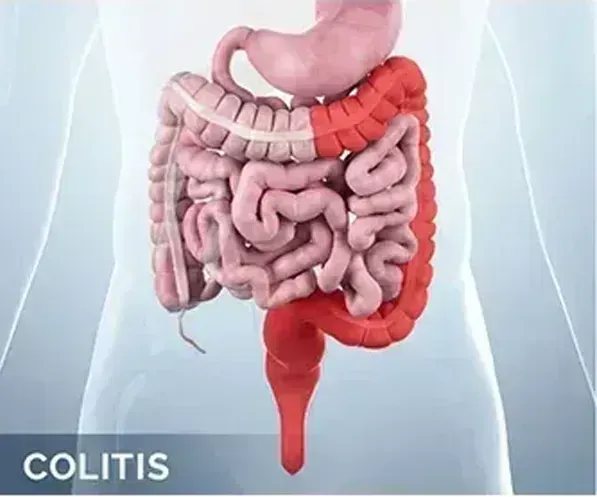
Ulcerative colitis is a condition that causes diarrhea, belly pain, and bloody bowel movements. These symptoms happen because the large intestine becomes inflamed and gets sores, called "ulcers." The large intestine is also called the colon.
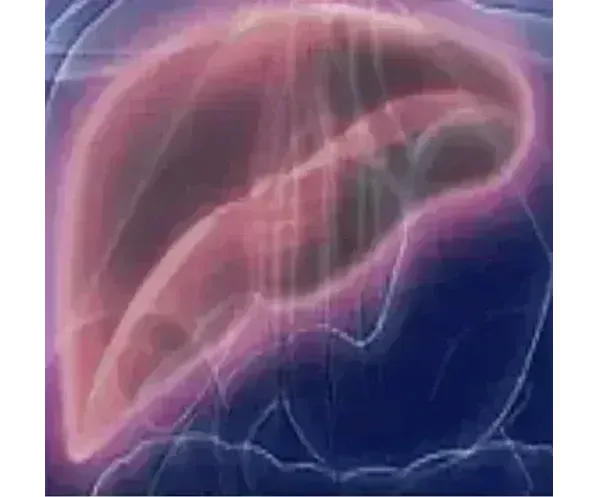
Hepatitis C is a disease that harms the liver. The liver is a big organ in the upper right side of the belly. A virus causes this disease. The virus is called the hepatitis C virus. It spreads from person to person through contact with blood. This can happen in a few ways, including sharing drug needles.
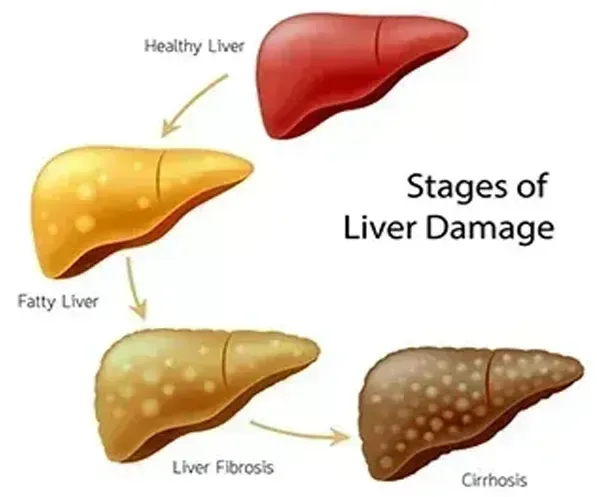
The pathogenesis of liver disease associated with alcohol ingestion is incompletely understood. What We Know is that some patients who chronically abuse alcohol develop liver disease, primarily because the liver metabolizes most ingested ethanol. The metabolism of ethanol is required for hepatic injury to occur, although variations in ethanol metabolism do not completely explain the variable susceptibility to alcohol-associated liver disease.
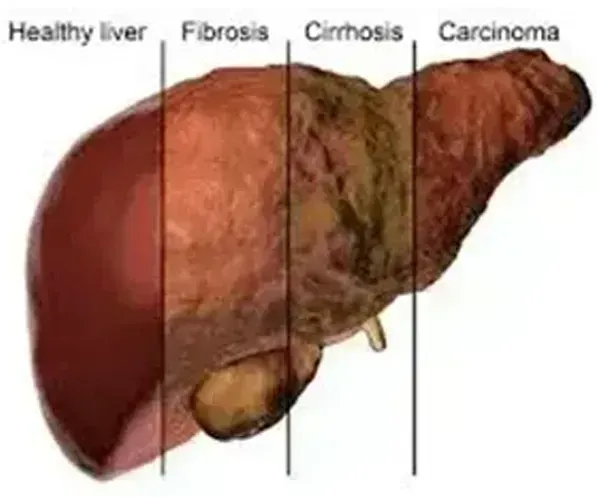
Cirrhosis is a disease that scars the liver. The liver is a big organ in the upper right side of the belly. Damage to the liver can cause heavy bleeding, swelling, and breathing problems.
Liver Cirrhosis
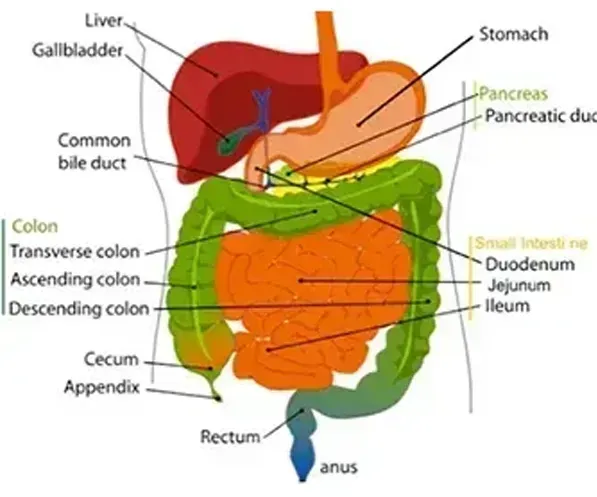
Gastrointestinal (GI) cancers account for about 10 percent of the excess risk of cancer after HL; the relative risk is about 2.5 with an absolute excess risk of about 6 per 10,000 HL patients per year. The risk first increases at five years after treatment and may continue to rise through 20 years.
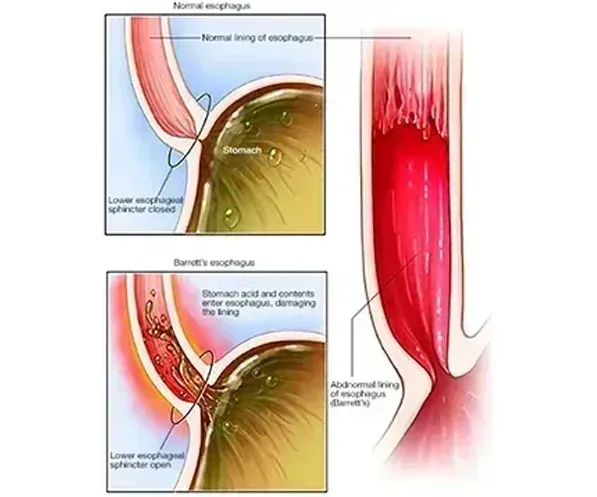
Barrett's esophagus is a condition that affects the esophagus (the tube that carries food from the mouth to the stomach). When people have Barrett's esophagus, the normal cells in the lower part of their esophagus are replaced by a different cell. Barrett's esophagus is usually caused by acid reflux. Acid reflux is when the acid that is normally in your stomach backs up into the esophagus.
BARRETT’S ESOPHAGUS
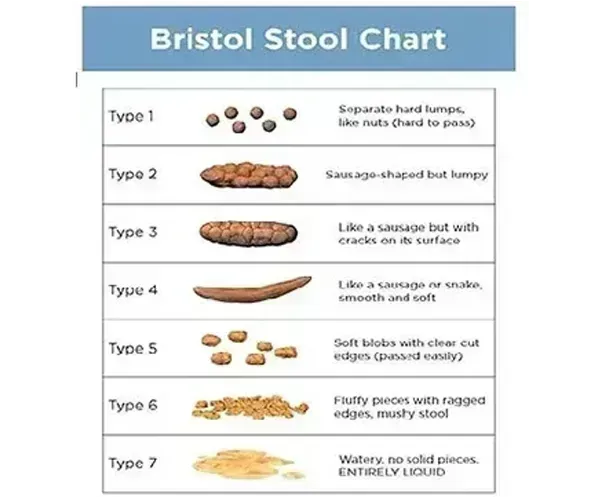
Constipation is a common problem that makes it hard to have bowel movements. Your bowel movements might be:
CONSTIPATION
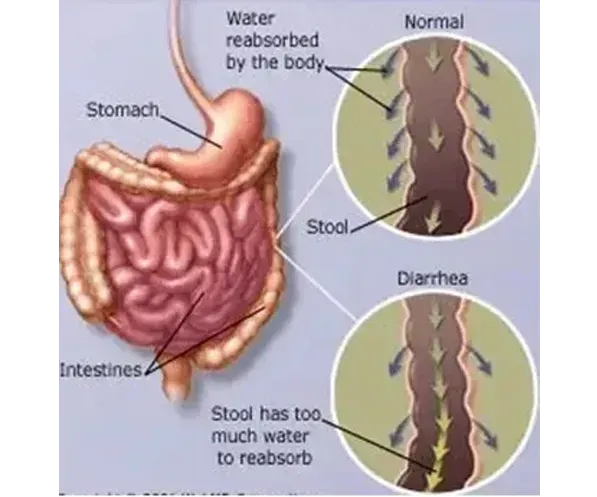
Diarrhea describes bowel movements that are runny and happen 3 or more times in a day. Diarrhea is very common. Most adolescents and adults have diarrhea about 4 times a year. Just about everyone has it at some point.
DIARRHEA

Doctors use a special measure called "body mass index," or BMI, to decide who is underweight, at a healthy weight, overweight, or obese. A person with obesity weighs way too much for their height.
OBESITY

Nonalcoholic fatty liver disease, sometimes called NAFLD, is a condition in which fat builds up in the liver. The liver is a big organ in the upper right side of the belly.
FATTY LIVER (NAFLD)
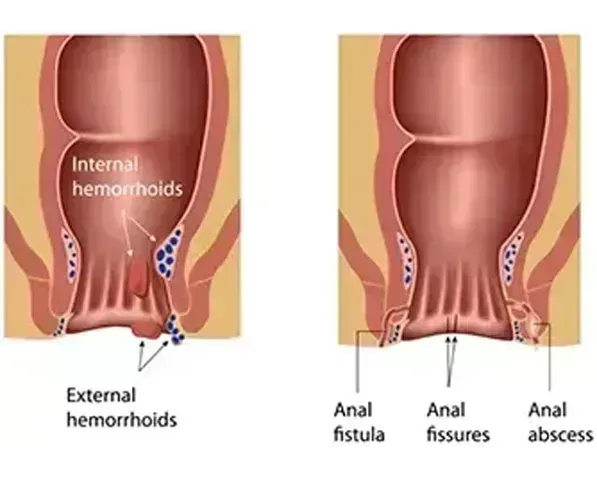
Hemorrhoids are swollen veins in the rectum. They can cause itching, bleeding, and pain. Hemorrhoids are very common. Sometimes, you can see or feel hemorrhoids around the outside of the rectum. In other cases, you cannot see them because it hides them inside the rectum.
Hemorrhoids And Fissures
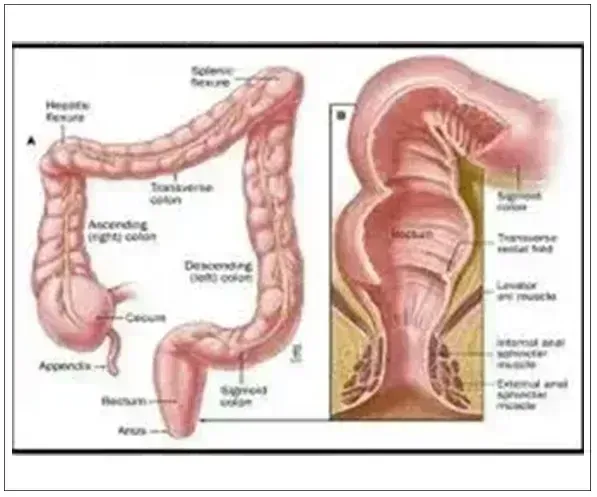
Fecal incontinence has a significant social and economic impact and significantly impairs quality of life. Fecal incontinence can contribute to the loss of the ability to live independently. This topic will review the etiology and evaluation of fecal incontinence in adults. Our recommendations are consistent with guidelines issued by the American College of Gastroenterology.
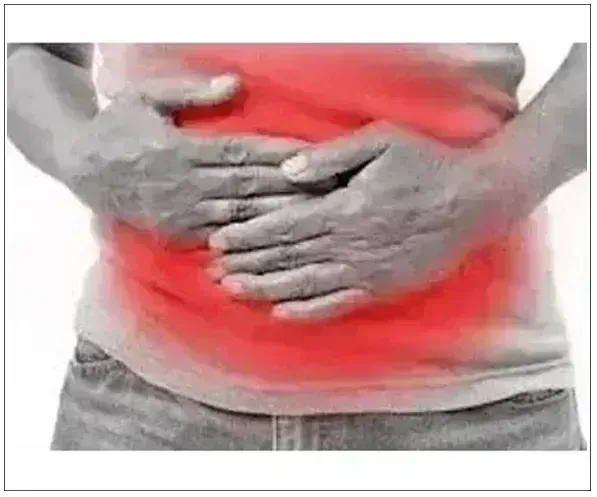
"Abdominal pain" means pain in the abdomen (or belly), which is the part of the body between the chest and the genital area. This pain can happen for different reasons. It can be "chronic," which means it develops over time, or "acute," which means it springs. It can be mild or severe. A person might feel the pain all over their abdomen, or only in 1 part.
ABDOMINAL PAIN
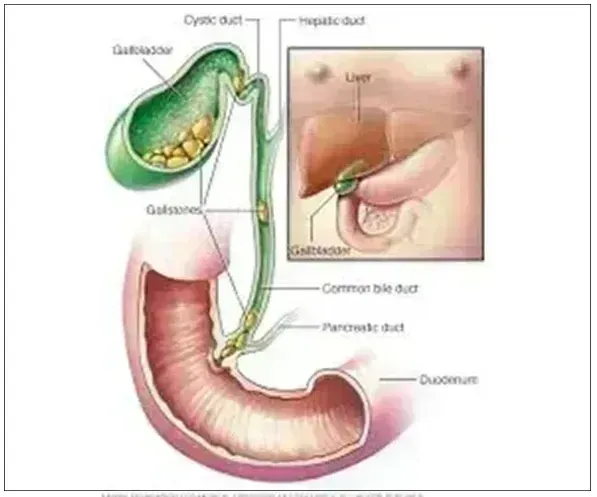
Gallstones are small stones that form inside the gallbladder. They can be tiny specks or get as big as the whole gallbladder which can be up to 6 inches long. Normally, the gallbladder fills with bile in between meals. Then, when you eat fatty foods, the gallbladder empties the bile into the intestine. Sometimes, though, gallstones clog the gallbladder and keep it from draining.
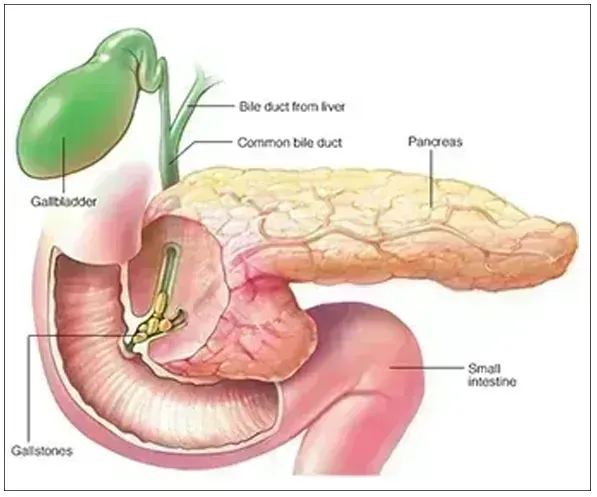
Pancreatitis is an inflammation of the pancreas. It occurs when digestive enzymes become activated while still inside your pancreas, causing irritation and injury to pancreatic tissue and leading to inflammation. Pancreatitis can be acute or chronic.
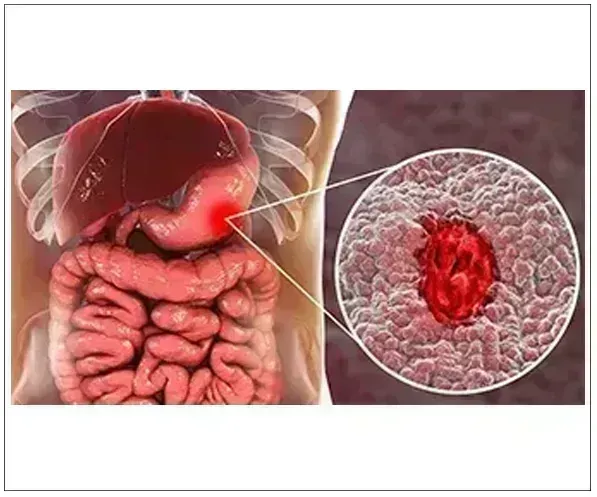
A peptic ulcer is a sore that can form on the lining of the stomach or duodenum. The duodenum is the first part of the small intestine. Some people with peptic ulcers have no symptoms. Other people can have symptoms.
Stomach / Peptic Ulcers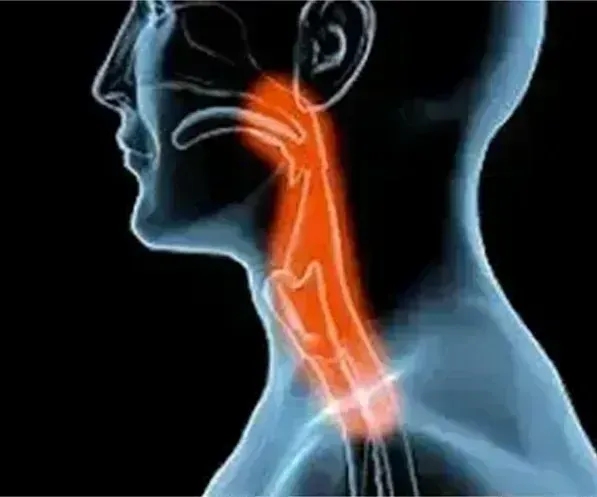
Difficulty swallowing is a disturbing symptom that occurs in the vast majority of patients with a serious life-limiting illness. In fact, swallowing disorders, distinct from diminished appetite, are part of the natural process at the end of life, irrespective of the etiology. Difficulty swallowing can affect the quality of life of the patient and of caregivers, whose instinct to nurture and comfort with food is curtailed.
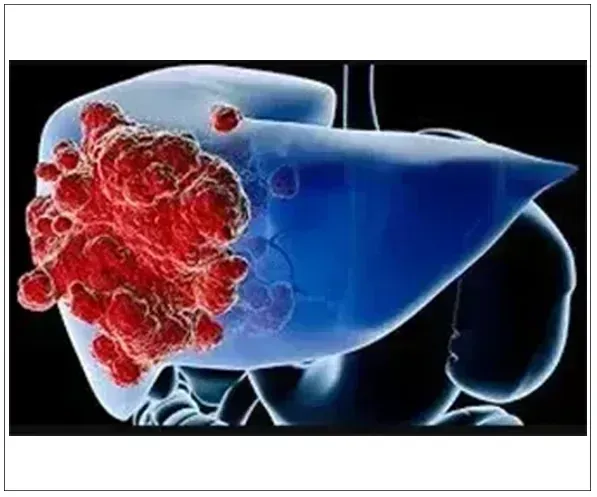
Tumors are abnormal masses of tissue that form when cells begin to reproduce at an increased rate. Both noncancerous (benign) and cancerous (malignant) tumors can develop in the liver. Noncancerous (benign) tumors are quite common and usually do not produce symptoms.
LIVER TUMORS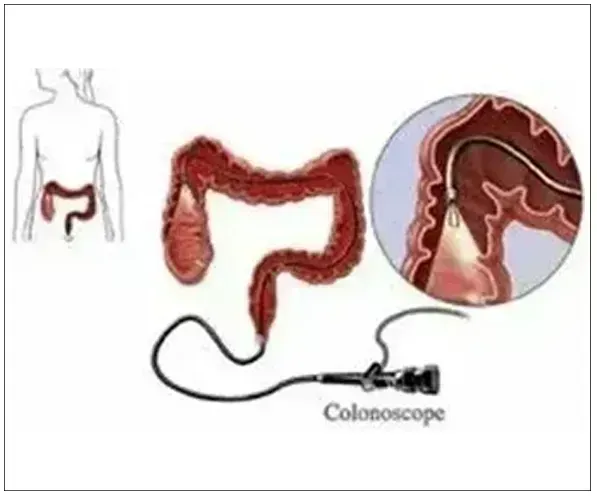
Colon and rectal cancer screening is a way in which doctors check the colon and rectum for signs of cancer or growths (called polyps) that might become cancer. It is done in people who have no symptoms and no reason to think they have cancer. The goal is to find and remove polyps before they become cancer, or to find cancer early, before it grows, spreads, or causes problems.